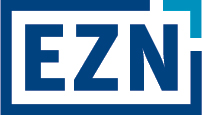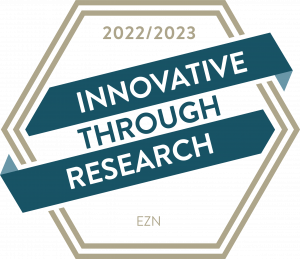Licensing: How to Monetize Your Patent Applications

Introduction: Patent Licensing as Moneymaker
Without proper protection, your ideas and technologies could basically just be swallowed by competition. An effective solution to this problem is industrial property rights. Patents protect the intellectual property (IP), and the unique selling points associated with the technology’s realization. Hence, within the field of technology, patent applications or granted patents are literally worth a mint. But how do you turn your idea or invention into a source of income? How do you capitalize, in a smart way, on a patented invention and create a steady positive cashflow? The best answer to these questions probably is to monetize your IP in the form of licensing. Based on our many years of experience in the field of patent marketing, we are going to show you in this article what you need to consider if you wish to monetize your patent application through licensing. Topics are:
- Reasons why patents as assets are important for licensing;
- Reasons why to consider licensing;
- How to indicate licensing when applying for a patent;
- What license types are suitable;
- Why license agreements are key to monetization;
- How to structure royalties for patent exploitation;
- Pitfalls of licensing;
- Practical example by EZN: Successful License Agreement worth Millions;
- Checklist: Important aspects for patent monetization through licensing.
1. Patents as Assets for Licensing
Technologies, inventions or ideas need to be effectively protected in order to offer their exploitation in the form of licenses. Without proper protection they could be used freely by anyone. Only the „blocking” effect of property rights and particularly patents, that suggests an exclusive opportunity of a commercial realization, might lead to the willingness of the other party to pay for the exploitation or the license. Patents transfer the effort that has been put into the creation of an innovative technology to an intangible asset.
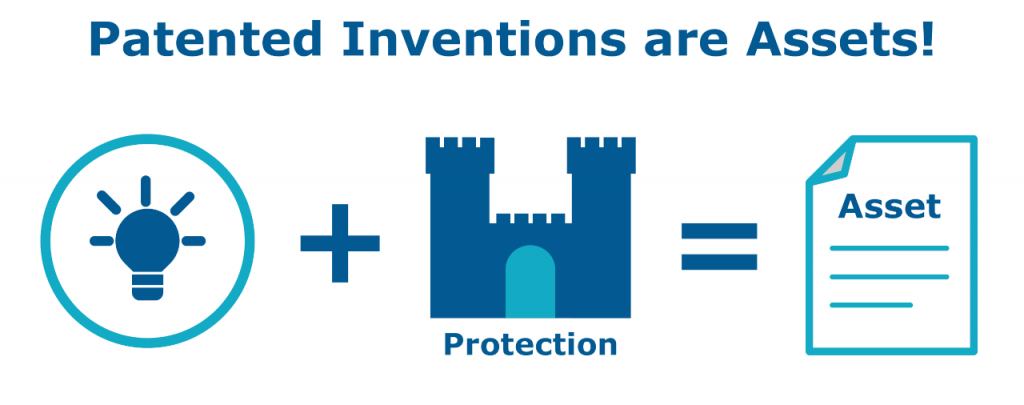
However, patents differ. There are many factors that add to the value of patents and property rights portfolios. Below, we listed the most important influencing variables that you principally need to consider in terms of property rights if you wish to offer a patent license to an interested party:
- How many patents / patent applications do you have?
- What is the quality of your patents (grant, requirements, enforceability, etc.)?
- How does the structure of your patent portfolio look like? Do basic patents exist as well as patents which are based on them?
- Are there any possibilities of circumvention?
- Are they in conflict with or do they depend on property rights of third parties?
2. Reasons for Monetization or Licensing
There are a variety of reasons for monetizing patents and granting licenses. Companies would like to generate income from not actively utilized property rights which have so far only cost them, for example. Colleges and universities rely on patent licenses when it comes to supporting technology transfers and implementing their results from research and development in the actual industry and making them available to the public. Private inventors are focusing mainly on generating additional income. Licensing aims at establishing a long-term cooperation where the licensor remains the property rights owner, and the licensee usually makes payments during several years. It is similar to letting real estate. The main goal is a lasting monetization. Below, you see a summary of the main reasons for licensing:
- The private owner (also the inventor) wants to capitalize from their idea and turn their invention into profit;
- Regular payments are preferred, and the IP will not be completely divested all at once, as would be the case with a sale;
- Companies want to generate additional revenue or via cross-license obtain additional rights of use for third parties’ property rights;
- Property rights that are not actively used (to secure internally existing products or processes) shall passively generate income;
- Company has to grant licenses to partners as part of an industrial cooperation (e.g. Joint Venture);
- Technology transfers to research institutions: industrial partner obtains the right of use through a license;
- Compulsory license issued by the government.
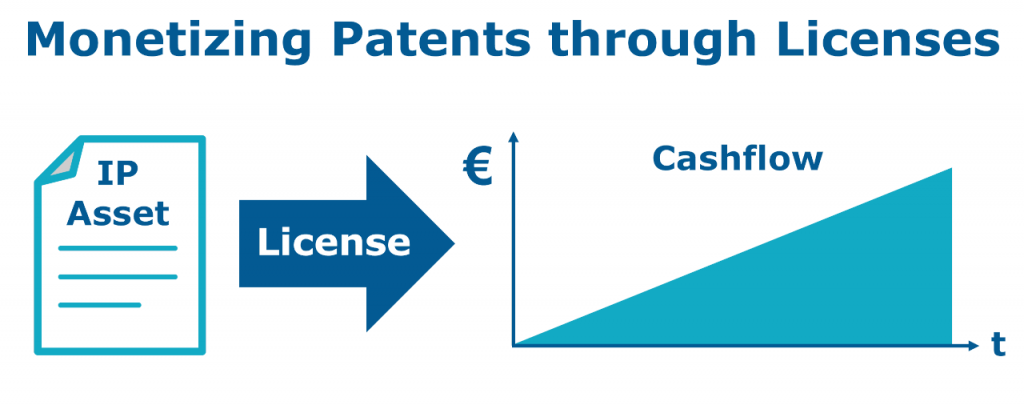
3. Indicating Licensing when Applying for a Patent
If you as a patent owner wish to grant licenses you can announce your intention before the German Patent and Trade Mark Office (Deutsches Patent- und Markenamt [DPMA]) in the form of a declaration of willingness to licensing or a nonbinding declaration of interest in licensing. This must be done during the patent application process, before the respective patent is granted, and this information will be publicly available [DPMA21]. If you issue a declaration of willingness to licensing you are generally obliged to grant a license in case someone wants to license your invention and has submitted the corresponding application to the DPMA. A great benefit of the declaration of willingness to licensing is the reduction of the annual fees by 50%, which can accumulate savings of up to 7,000 € throughout the entire term of the patent (20 years).
Within the context of a nonbinding declaration of interest in licensing, the licensor can be more flexible regarding the choice of the licensee and structuring the remuneration or royalties. However, it will not be possible to save on annual fees, which we discussed above.
4. License Types for Patent Monetization
Basically, there are 3 different license types for patents:
- Exclusive license
- Non-exclusive license
- Cross-license
You should choose an exclusive license if you want to grant the use of right to a single party. Usually, the entire set of rights of use (production, distribution, etc.) is transferred to the licensee. In many cases, the licensee is allowed to grant sublicense if the licensor agrees. This might be necessary within a group of companies. Generally, colleges and universities reserve the right of use for research purposes. A non-exclusive license (simple license) is granted if multiple parties are interested. If a simple license is granted the licensor usually keeps the right for own use. As for cross-licenses, they are mostly agreed upon between companies. Each company has the right to use the invention within the agreed scope. Royalties are usually not paid in this case. Therefore, cross-licenses are not as relevant for patent monetization. It might occur, however, that the licensee obtains the right to patent exploitation through other simple licenses, which allows them to monetize these property rights. Detailed information about the respective licensing system is part of the license agreement.
Recommended reading: Top 4 Options for Marketing of Inventions and Patents – including Practical Tips
5. License Agreement as Key to Monetization
A huge advantage of licensing is that you are to respond exactly to the interested party’s requirements thanks to its flexible nature to individually structure agreements. It usually aims at a long-term cooperation that respects the needs of both sides. You can agree on the kind of usage (production, distribution, etc.), for example, and in which countries and areas the license is valid. The agreement may also determine staggered payments that are bound to the achievement of certain parameters (e.g. date / year, patent grant, market launch, distribution figures, etc.). Therefore, the license agreement is an attractive alternative to the conventional sales contract. It may come into play at an early stage within the development and patenting process when the goal is monetizing and offering it to an interested.
In real life, contract negotiations might take several months since the key points and drafts have to be discussed with multiple parties and departments before anything is signed. Also, a license agreement should always be in writing and contain the following items in particular:
- Name and address of licensor and licensee;
- Preamble containing a clear description of the context the property rights are intended to be licensed in;
- Precise designation of the licensed property rights including titles and registration numbers;
- Specific information about reference of the royalties;
- Amount and due dates of royalties;
- Contract Period.
It is most important that the license agreement is properly checked from a legal and commercial point of view. Especially regarding legal aspects the devil is in the detail. High expertise is required. When it comes to monetization, the economic aspects play a bigger role. Whether or not the licensing is profitable is determined by numbers or rather the structuring of the royalty payments.
6. Royalties for Patent Exploitation
The pivotal point of patent monetization is the payments that the licensee makes to the licensor. Principally, due to contractual freedom, it is always possible to individually structure the payment conditions for royalties. We usually distinguish between 3 types of royalties:
- Fixed (upfront) payment, e.g. to compensate already incurred costs for property;
- Minimum royalties (in general paid annually to cover running costs);
- Royalties based on revenue.
But many more arrangements are possible besides, such as upfront payments, down payments, and payments after achieving certain milestones (e.g. patent grant), that have been determined beforehand, or thresholds of the licensee’s turnover. During contract negotiation it is common to choose market-standard licensing terms as objective reference because it is more likely that both contracting parties will accept these terms. In this regard, it is also important to consider the own expenses (costs for property rights, for internal administration, for external service providers, inventor’s compensation, etc.).
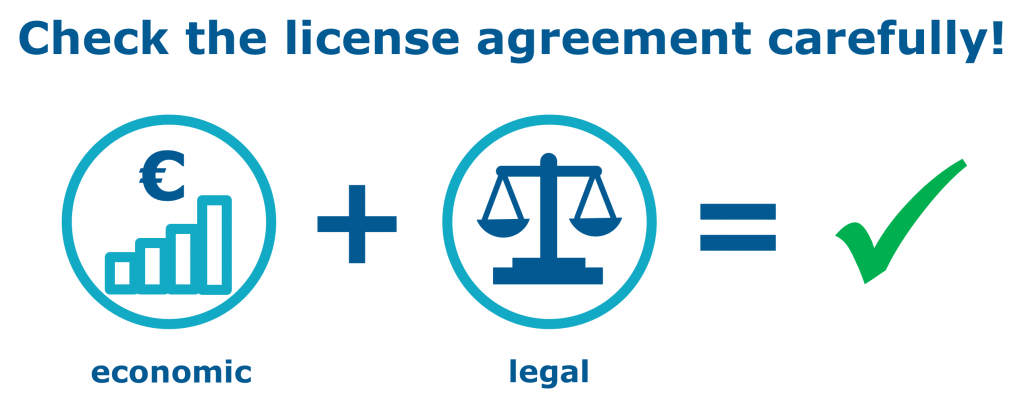
If you work on patent monetization and are defining the management of royalties you also need to ensure that you are not breaking any laws. For example, a license that is too cheap and that a college grants to a spin-off, might count as unlawful subsidies. If a licensee contributes towards the costs for property rights these payments at university level generally count as income as well. In this case, the inventor must receive an appropriate compensation [BGH13].
7. Pitfalls of Patent Monetization through Licensing
Below, we have listed some potential pitfalls that you should avoid under any circumstances during licensing:
- Royalties do not cover running costs for property rights (particularly an issue with exclusive licenses);
- Licensee does not exploit invention or does not use product / method and licensee only pays minimum royalties, if at all;
- Duration of license agreement too short or too long;
- License agreement contains inadmissible terms;
Declaration of willingness to licensing submitted to DPMA without checking properly or thinking it through.
Practical Example by EZN: Successful License Agreement worth Millions
We would like to give you an example of a successful marketing process and a profitable license agreement at this point. During his IT studies at the TU Braunschweig, Holger Sedlak developed a cryptography process that allowed for a fast and secure data encryption. Before putting his idea into practice, he sought advice at EZN and decided to patent his invention. He used a funding program to build up his portfolio and continued to take advantage of EZN’s assistance regarding marketing and monetization of his property rights. A license was granted to Siemens which was then transferred to Infineon. Later, the technology was further developed into a processor in order to industrially manufacture it as a mass product. Today, Sedlak’s processor for chip cards, which you know from your bank or health insurance cards, is globally standardized and accepted. The license agreement resulted in revenue for the inventor in the amount of several million euros [HAZ11].
Bottom line: Patent Licensing must be carried out professionally
If you wish to create a steady cashflow the licensing of an invention or patent portfolio is the ideal method to do so. The patent license’s advantage of responding to both parties’ demands in a flexible manner, however, is both a blessing and a curse. A careful elaboration of individual arrangements and their conversion into a license agreement usually demands vast interdisciplinary knowhow and skill as well as many years of practical experience. If you are able to convince an interested party of the benefits the invention and its exploitation provide and have considered the most important aspects from a technical, economic, and legal point of view you are, in theory, on the safe side. Below, you will find a checklist outlining the most important criteria for successful monetization of property rights and patent exploitation through licensing.
Checklist: Patent Monetization through Licensing
This checklist is based on our practical experience that we have been gaining in the fields of patent exploitation and licensing or property rights since 1981:
- The invention is convincing thanks to its technical and economic advantages;
- The implementation of this technology presents a clear added value to potential buyers;
- The invention is secured by an appropriate property rights portfolio;
- Royalty rates are based on competitive and sector-specific figures;
- All expenses are taken into account and are at least covered by licensing revenue;
- Type of licensing has been carefully thought through: exclusive license, simple license, or issuing a declaration of willingness to licensing to the patent office;
- Patent marketing and contract negotiations are carried out professionally;
The patent purchase contract arrangements are tailored to the specific case and have been checked in terms of commercial and legal aspects.
We help you marketing your IP
Do you wish to market your invention and need help with licensing and monetization of your property rights? We would be happy to support you with our professional patent marketing. Please get in touch with us directly. We are looking forward to hearing from you!

Sources:
[BGH13] Bundesgerichtshof, Urteil X ZR 59/12, 05.02.2013. [DPMA21] Deutsches Patent- und Markenamt, https://www.dpma.de/patente/patentschutz/index.html, Last viewed: 17.02.2025. [HAZ11] Hannoversche Allgemeine Zeitung: Erfinderzentrum Norddeutschland feiert 30 Jahre, 11.10.2011.
Disclaimer
All contents in this article have been carefully compiled and examined. However, no guarantee as to the correctness, completeness and up-to-dateness can be given. This article merely contains general information and presents no legal advice. The decision whether a patent application or utility model is officially patentable and legally valid is always taken by the patent offices (e.g. DPMA and EPO). Therefore, liability for acts that will be undertaken or refrained from based on this article’s contents is excluded to the greatest possible extent.
Open Overview „Blog“
You are reading: “Licensing: How to monetize Your Patent Applications”
